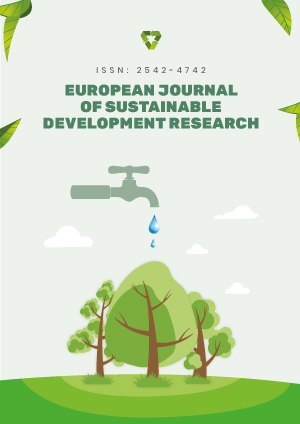Abstract
This study explores the optimization of bioplastic production using chitosan and glycerol, employing a central composite design (CCD) to systematically vary the factors of chitosan loading, glycerol loading, and drying time. The primary objective is to enhance the mechanical properties and biodegradability of the resulting bioplastics. The experimental design included 20 runs with varying compositions of chitosan (0.659-2.3409 wt/wt), glycerol (0.159-1.8409 wt/vol), and drying times (4.31821-7.68179 hours). The bioplastics were characterized for tensile strength, elongation at break, and biodegradability after three weeks. The results indicated that the optimal formulation involved a balanced ratio of chitosan and glycerol with a moderate drying time, yielding bioplastics with enhanced tensile strength and biodegradability. Specifically, the optimized sample demonstrated a tensile strength of 2.25 MPa, elongation at break of 22.19%, and biodegradability of 92.31%. These findings were compared with predicted values, showing good agreement and validating the CCD model’s efficacy. This study contributes significantly to the field of bioplastic production by providing a detailed analysis of the optimal combination of chitosan and glycerol, highlighting improvements in mechanical properties and biodegradability. It also offers a comprehensive evaluation of actual vs. predicted responses, showcasing the potential of chitosan-glycerol bioplastics as a sustainable alternative to conventional plastics. Future research should focus on scaling up production, exploring additional biopolymer blends, and assessing long-term environmental impacts. This research contributes to and shows the potential of bioplastics to mitigate plastic pollution and advance sustainable materials science.
License
This is an open access article distributed under the Creative Commons Attribution License which permits unrestricted use, distribution, and reproduction in any medium, provided the original work is properly cited.
Article Type: Research Article
EUR J SUSTAIN DEV RES, Volume 9, Issue 3, 2025, Article No: em0309
https://doi.org/10.29333/ejosdr/16354
Publication date: 01 Jul 2025
Online publication date: 06 May 2025
Article Views: 2447
Article Downloads: 6298
Open Access References How to cite this article
 Full Text (PDF)
Full Text (PDF)